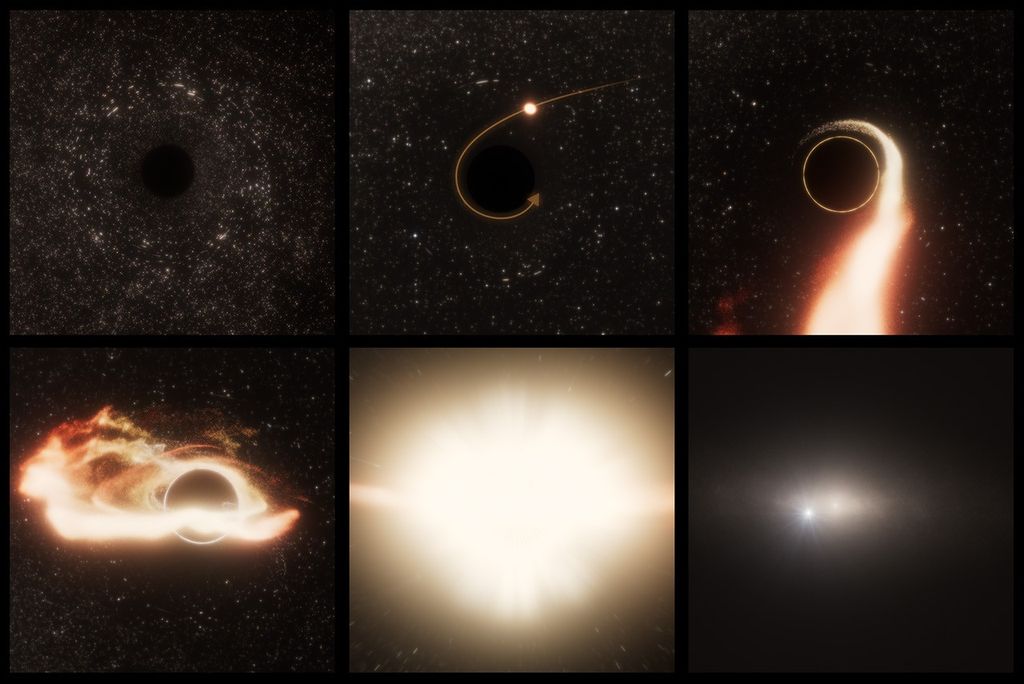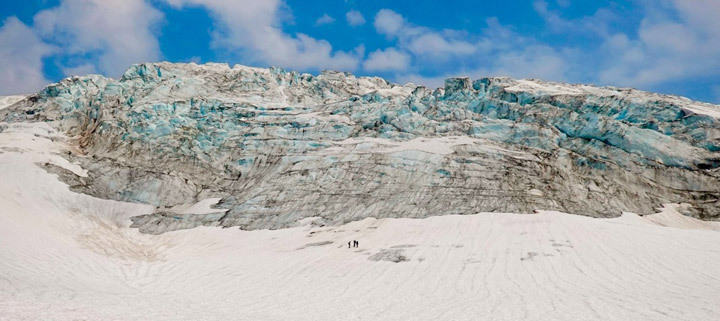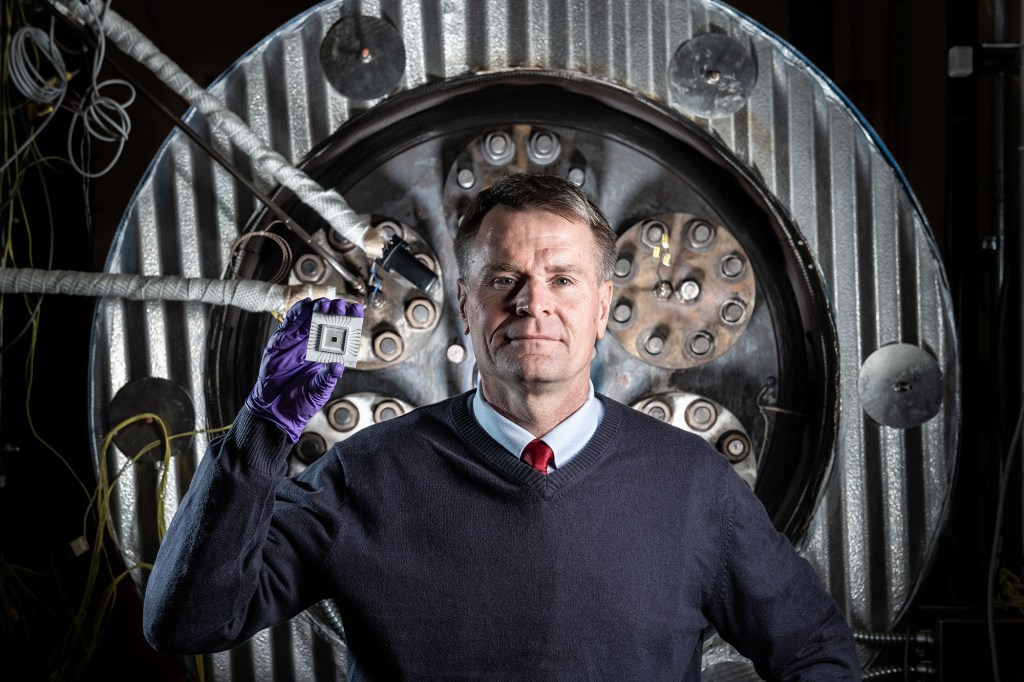Dione’s Ring Shadow Premiere
| Credit | NASA/JPL/Space Science Institute |
|---|---|
| PIA Number | PIA11578 |
| Language |
|
Just before Saturn's August 2009 equinox, Dione joined other Saturnian moons in casting shadows on the planet's main rings.
Dione (1,123 kilometers, or 698 miles across) is not pictured, but that moon casts a long, faintly discernible shadow on the F and A rings on the left of the image. Enceladus (504 kilometers, or 313 miles across) is near the center top of the image. Tethys (1062 kilometers, or 660 miles across) is on the lower right of the image. The small moon Pandora (81 kilometers, or 50 miles across) can also be detected just outside the F ring near the middle of the image. Faint background stars also are visible.
The novel illumination geometry created around the time of Saturn's August 2009 equinox allows moons orbiting in or near the plane of Saturn's equatorial rings to cast shadows onto the rings. These scenes are possible only during the few months before and after Saturn's equinox, which occurs only once in about 15 Earth years. To learn more about this special time and to see movies of moons' shadows moving across the rings, see PIA11651 and PIA11660.
This view looks toward the unilluminated side of the rings from about 16 degrees above the ringplane. The rings have been brightened to enhance visibility.
The image was taken in visible light with the Cassini spacecraft wide-angle camera on Aug. 5, 2009. The view was obtained at a distance of approximately 2.2 million kilometers (1.4 million miles) from Saturn. Image scale is 125 kilometers (78 miles) per pixel.
The Cassini-Huygens mission is a cooperative project of NASA, the European Space Agency and the Italian Space Agency. The Jet Propulsion Laboratory, a division of the California Institute of Technology in Pasadena, manages the mission for NASA's Science Mission Directorate, Washington, D.C. The Cassini orbiter and its two onboard cameras were designed, developed and assembled at JPL. The imaging operations center is based at the Space Science Institute in Boulder, Colo.























